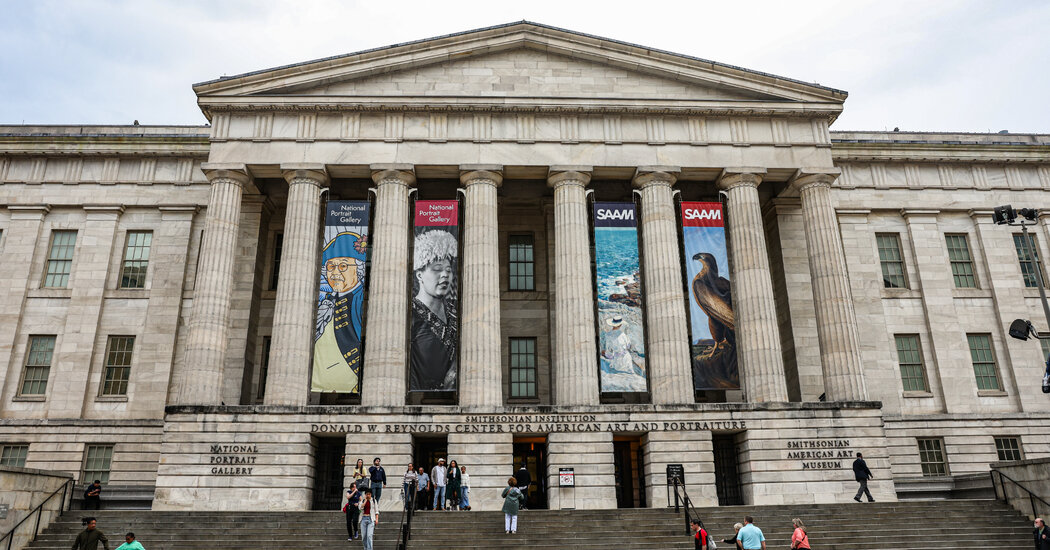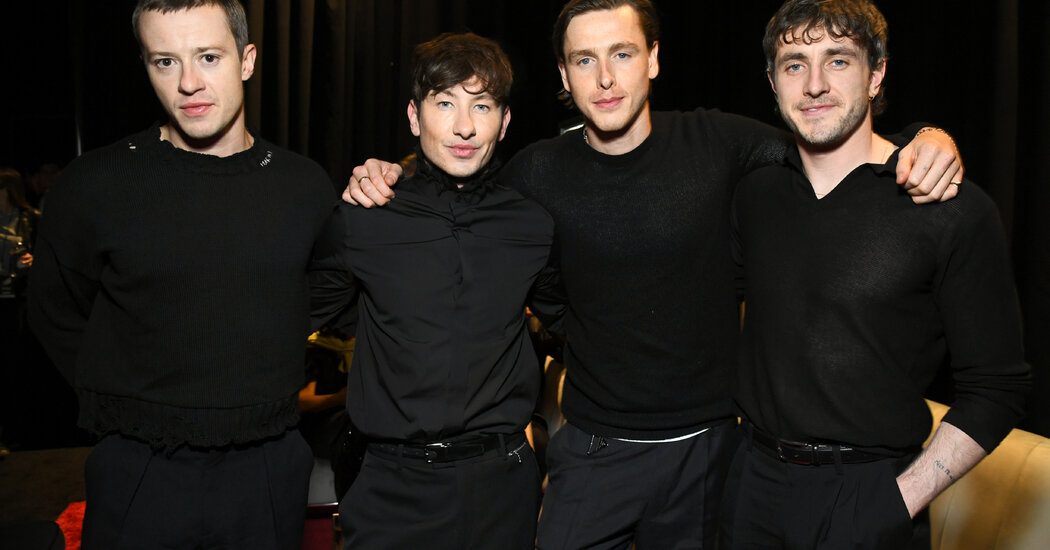The Influence of Race and Sculpture in America
In a striking move, President Trump issued an executive order that criticized the Smithsonian Institution for allegedly succumbing to a “divisive, race-centered ideology.” At the heart of this controversy was a thought-provoking sculpture exhibition at the Smithsonian American Art Museum in Washington, D.C., titled The Shape of Power: Stories of Race and American Sculpture.
This exhibition delves into the intricate relationship between sculpture and the evolving perceptions of race in the United States, spanning over two centuries. It highlights how artistic representations have both influenced and mirrored societal attitudes regarding race.
Among the specific points raised in the executive order was a contention regarding the exhibition’s assertion that race is not a biological reality but rather a social construct. The order noted, in particular, a statement made in the exhibition that emphasizes, “Race is a human invention.” This perspective, which is widely accepted among scholars today, sparked discussions among experts in the field.
Many scholars expressed concern over the implications of the executive order. For instance, Samuel J. Redman, a history professor at the University of Massachusetts Amherst and an expert on scientific racism, remarked that the order was “troubling and out of step with the current consensus.” He pointed out that historical attempts to categorize races hierarchically, with white people at the top, have been discredited and are reminiscent of ideologies seen in Nazi Germany and within the eugenics movement.
When asked for a response to these critiques, the White House directed inquiries back to the executive order itself. Notably, President Trump had previously stated in his inaugural address his intention to halt what he termed the “social engineering” of race and gender across various spheres of public and private life.
The quotation regarding race as a human invention appears to originate from the wall text of the exhibition, which underscores that humans share 99.9 percent of their genetic material. This text introduces a significant statement on race and racism put forth by the American Association of Biological Anthropologists, reinforcing the idea that race is a social construct rather than a biological determinant.




